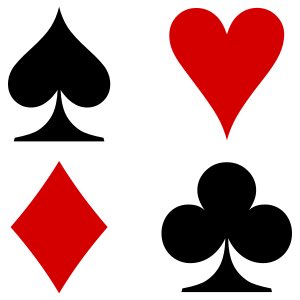Magician and the Boxes

10,000 boxes are placed around a circle. 9999 of them are empty but one of them contains a gift. You play a game with a magician in the following way: The magician is initially standing in front of box number 1. Let \(p\) be the position of the magician at every step (\(p=1\) initially).
Step 1: Each time the magician asks if you want him to move to another box. If you decide to move him next to a box of your choosing, it takes 10 minutes for him to move to your desired location (and the value of \(p\) will be changed to your desired box number).
Step 2: Then he opens box number \(p\). This process takes 1 minute. If the gift is in box number \(p\) the game is terminated, otherwise the magician will go to the next unopened box in the clockwise order. This moving takes no time.
You then proceed to step 1.
Before you start the game, the magician reads your mind and finds out
how you want to play with him. Then, based on your strategy, he puts the
gift in the box that takes the longest time for you to find it (on
average). How would you play in this game and how much time it would
take for you to find the gift?
Keep in mind that the magician reads your mind and if you decide to play
deterministically, he will put the gift in the last box that your
strategy opens. Thus, in order to confuse the magician, you should play
a randomized strategy and thus he would not be fully aware of your
strategy beforehand.
A simple strategy is to choose a box \(p\) uniformly at random in the beginning
and move to that box. From then on, we let the magician open the boxes
one by one until we find the gift. This strategy takes time \(5010.5\) on average (regardless of which
box the magician puts the gift into). However, we can do a bit better by
using a non-uniform distribution for choosing box \(p\). More details is given below.
As mentioned in the problem statement, if we do not use randomization,
the magician can always find out which box is the last box that our
strategy opens and put the gift in that box. Thus, we never find the
gift in time less than 10000. This is far from the optimal solution and
thus we need to use a randomized strategy in order to minimize the
time.
With our proposed strategy, we spend a 10 minutes time to move to box \(p\) in the beginning, and from then on the average number of boxes we open to find the gift is equal to \(5000.5\). Thus, on average we wait for \(5010.5\) minutes before we find the gift.
This strategy is clearly not optimal if our randomly chosen variable \(p\) is between 1 and 10. The reason is that we already spend 10 minutes to move to box \(p\) and if we let the magician to go to box \(p\) by opening the boxes one by one, we reach box \(p\) sooner. Thus, a better strategy is to choose variable \(p\) uniformly at random from range \([11, 10000]\) and move to box number \(p\) with probability \(999/1000\). This way, the magician would put the gift in box number 10 and thus our average waiting time would be equal to:
If we decide not to move the magician in the beginning (probability \(1/1000\)): 10
If we decide to move the magician to a random box \(p\) in range \([11, 10000]\) (probability \(999/1000\)): 10 (moving time) + \(\frac{10000 + 9999 + 9998 + \ldots + 11}{9990}\) (average time to reach the gift) \(= 5015.5\)
Thus, on average the waiting time would be \(10 / 1000 + 5015.5 (999/1000) = 5010.4945\). Although this strategy is not optimal either, its waiting time is very close to the optimal solution.